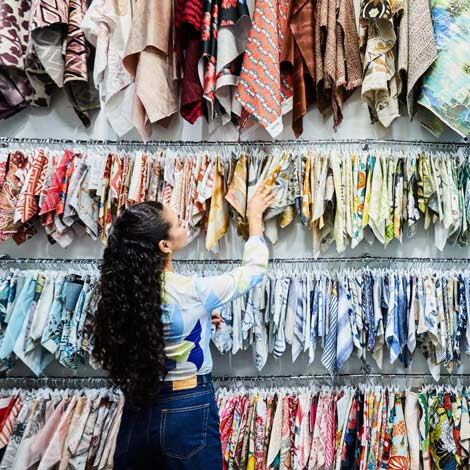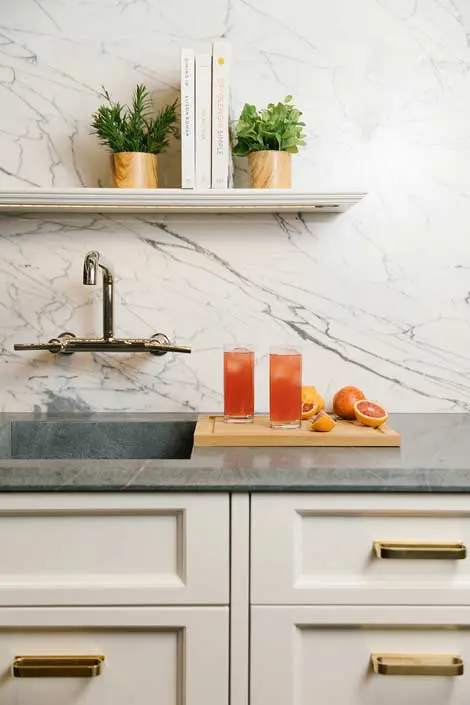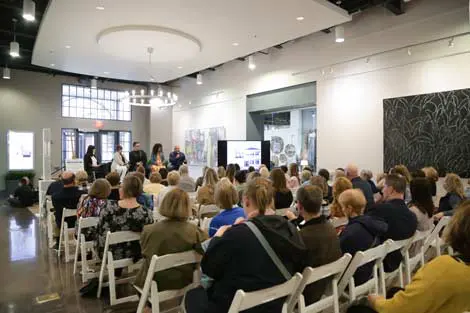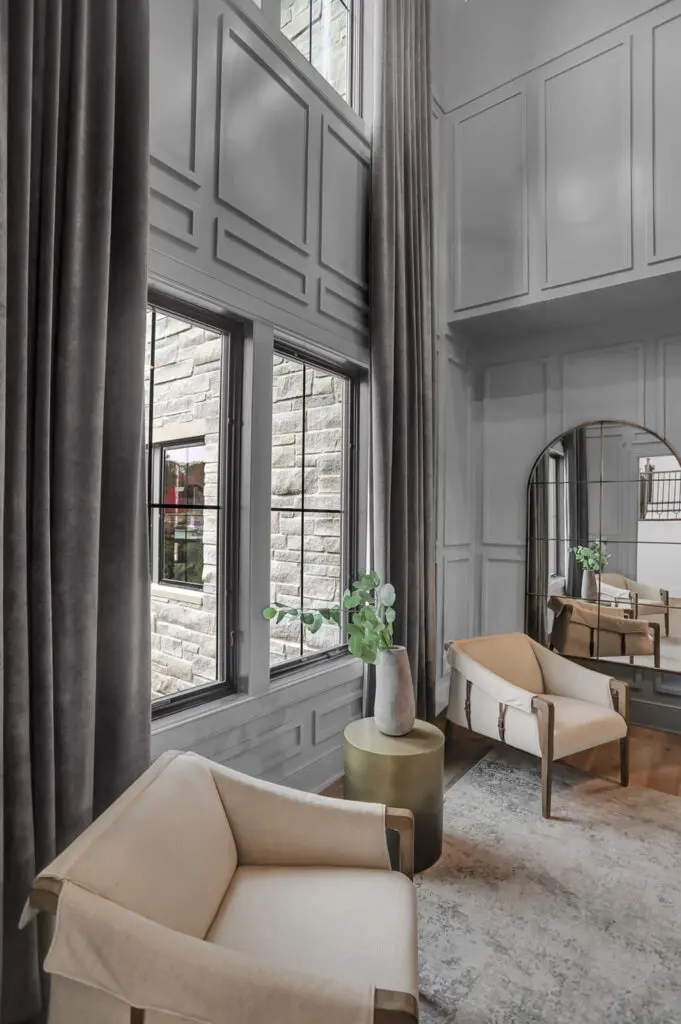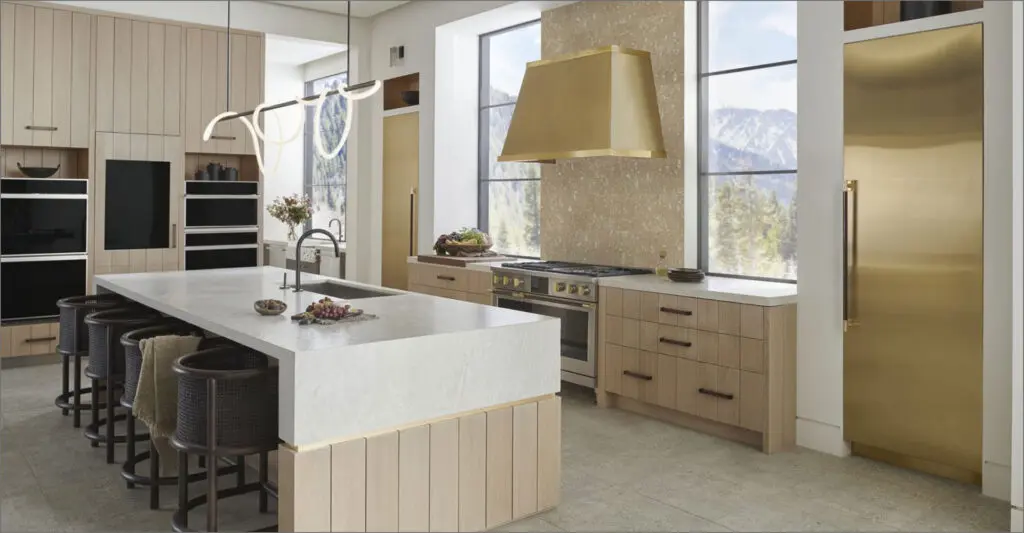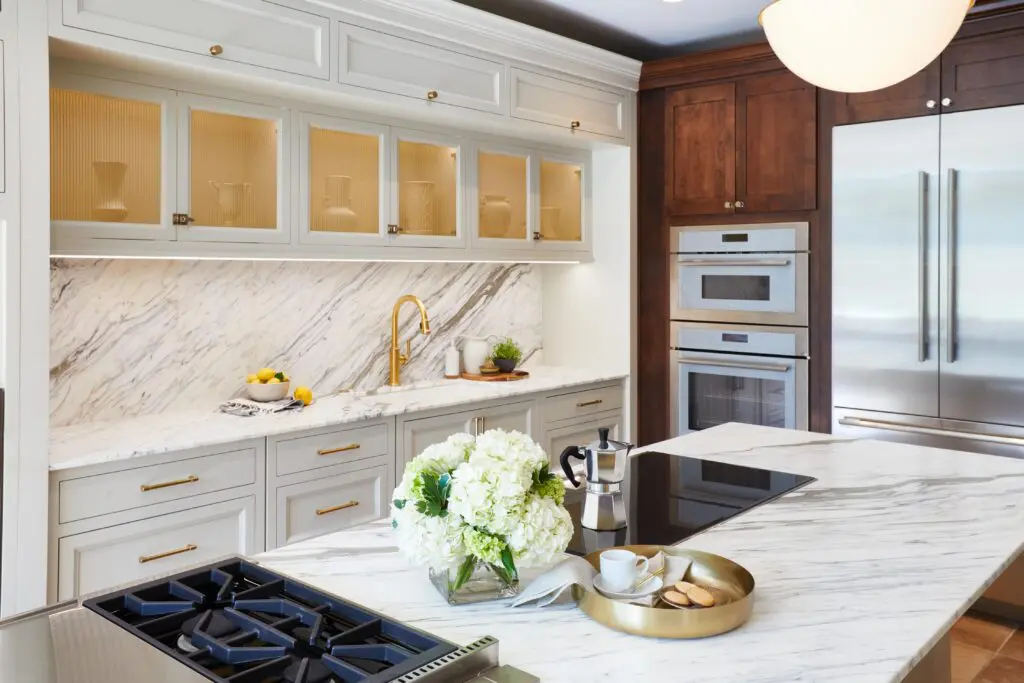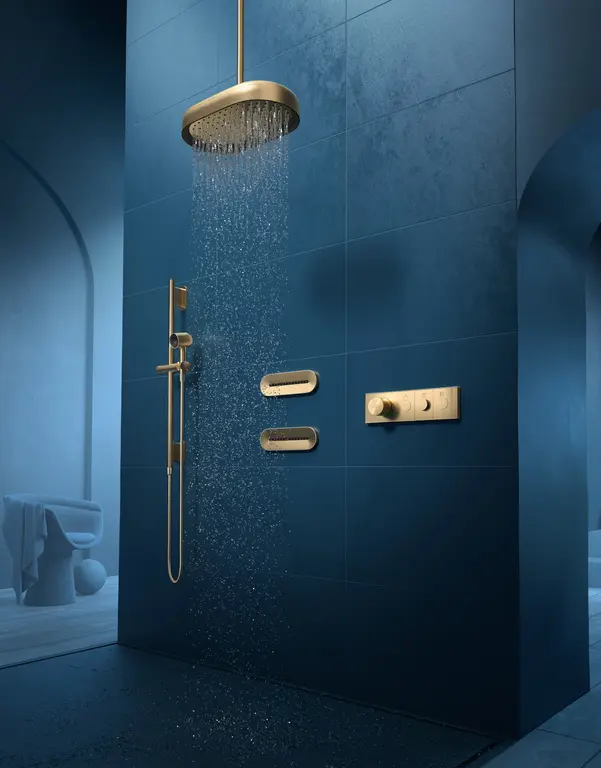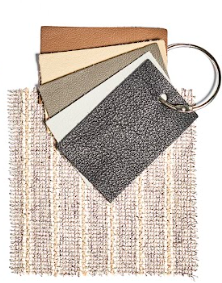All the Pieces Come Together
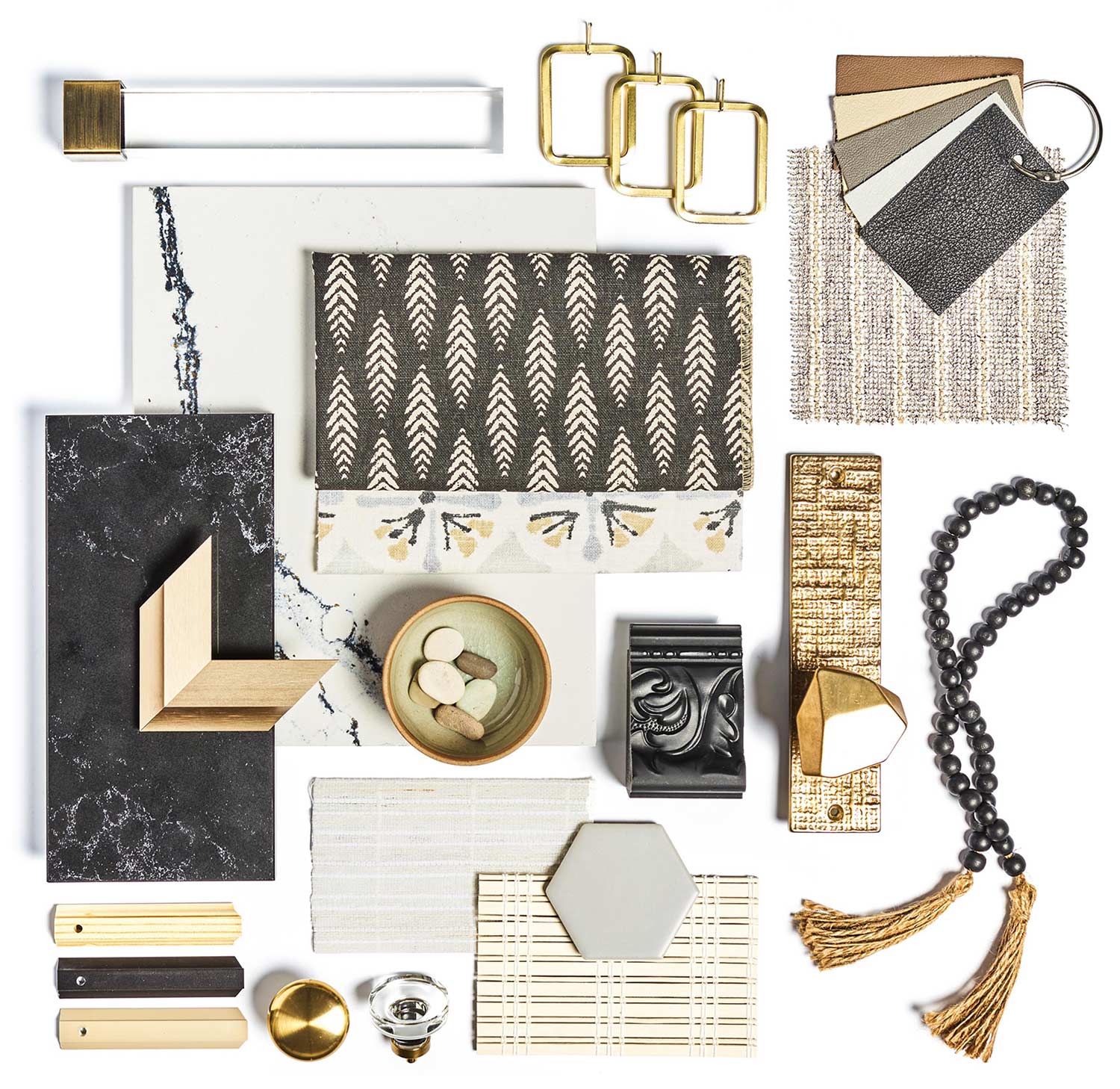
We welcome design professionals and the public
Indiana Design Center is your one-stop shop to redecorate, remodel, build or buy your home. More than 15 showrooms provide access to residential and commercial design products from national brands and Indiana companies.
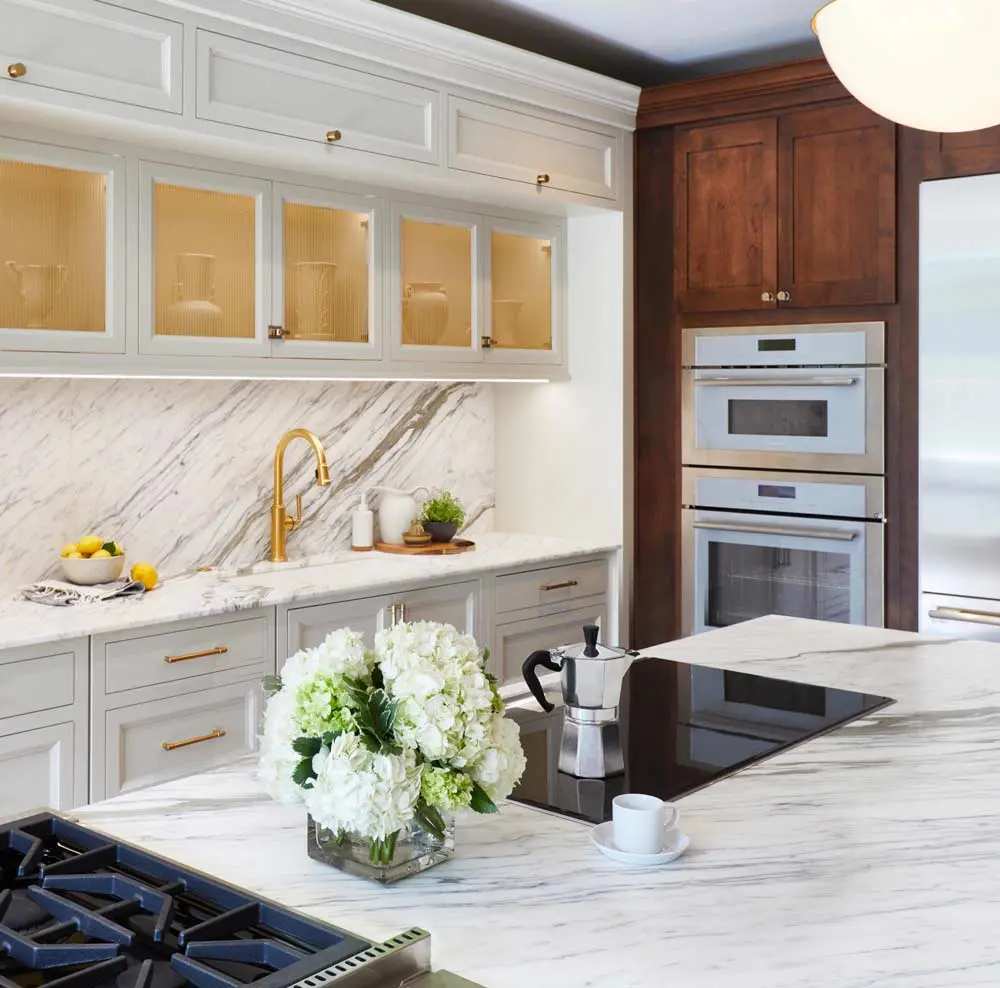
Step One: Start in the Center
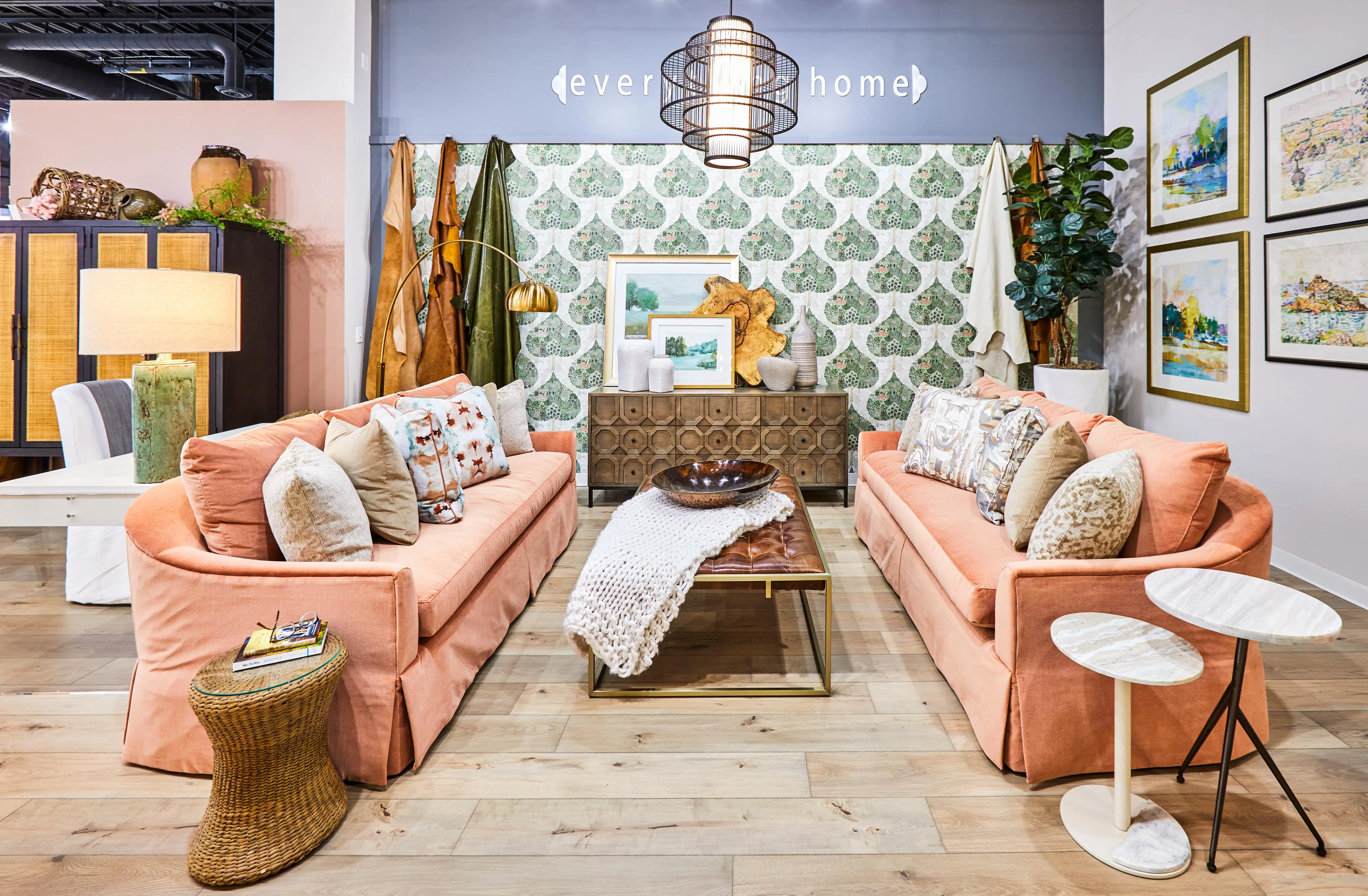
Discover the Indiana Design Center’s showrooms, design professionals, artists and possibilities.
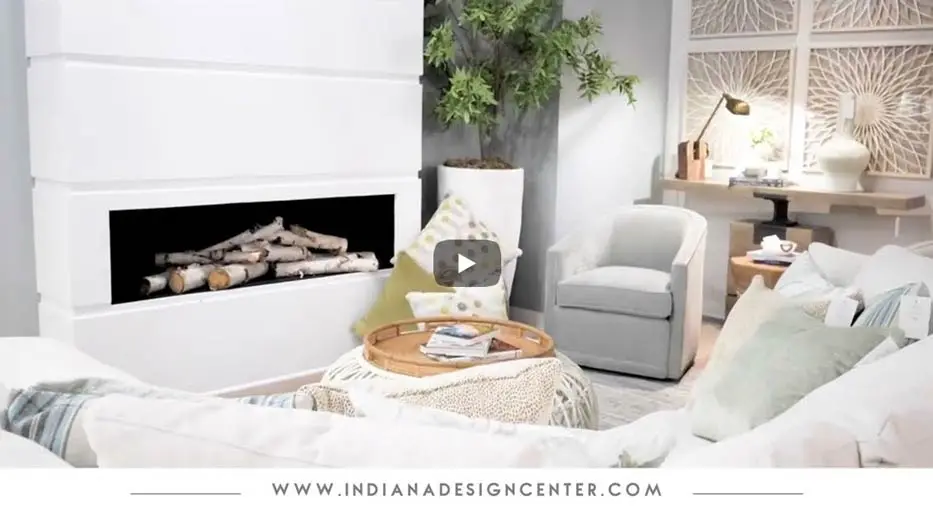
The Latest From Instagram
The Indianapolis Decorators’ Show House & Gardens opens for public tours this Saturday, April 27 and runs through Sunday, May 12.✨ This premier event is the longest running show house in the country as it celebrates 63 years and counting
The Indiana Design Center is proud to present this video to you and support this historic event while showcasing Indiana’s talented design community.
@showhouseindy proceeds will benefit the John & Kathy Ackerman Mental Health Professional Development Center at Sandra Eskenazi Mental Health Center.
Enjoy a sneak peek of the home and purchase your tickets in advance at www.showhouseindy.org.
🎥 @instadurr
#showhouse #indyevents #hometour #designinapo #indianadesign

The @showhouseindy opening weekend is coming up on April 27! We spent some time chatting with designers and the St. Margaret’s Hospital Guild president to learn what you can look forward to with this year’s spectacular home. 🎥🏡
Bottom line: it’s a must-see…stay tuned for the interviews and final video!✨
The IDC is proud to partner with the nation’s longest-running show house event of its kind and support its mission to give back to @eskenazihealth.❤️
Thank you to our designer interviewees @greyhuntinteriors, @sassygreeninteriors, @julieobriendesigngroup and @judy.bates.designs; and the lovely Mandy Heslin from St. Margaret’s Hospital Guild! Video team: @instadurr.
#indianadesigncenter #indianadesign #showhouse #indianapolis #indyevents #givingback

We love when interior design students visit the IDC!🤩
Many thanks to this enthusiastic group who travelled from Indiana State University to tour the showrooms and learn from professionals. They experienced different aspects of the industry, asked great questions and even tested out the latest virtual reality tools for design.✨
We’re proud to be Indiana’s design center and a resource for future interior design professionals across the state.
#interiordesign #indianadesign #interiordesignschool #indianastate

